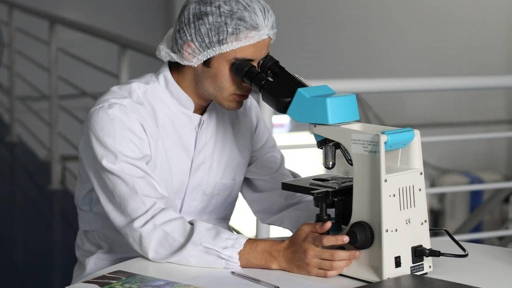Millions of people around the world live with heart rhythm disorders. In the Netherlands alone, nearly half a million people (by the end of 2023) have such a disorder. The accurate and timely detection and treatment of cardiac arrhythmias is, and will remain, one of the great challenges of cardiovascular medicine. Spanish researchers, to improve diagnostics, have developed a method using a digital twin of the heart.
The research team from the Universitat Politècnica de València (UPV) is part of the COR-ITACA group. They developed a non-invasive method to detect the origin of one of the most common cardiac arrhythmias, premature ventricular contractions (PVC). The method combines electrocardiographic imaging (ECGI) with digital twins of the heart. This allows more accurate determination of where these arrhythmias occur.
Improve current diagnostics
To detect cardiac arrhythmias such as PVCs (premature ventricular contractions), conventional electrocardiography (ECG) is currently used. However anatomical differences between patients can limit its results. “Electrocardiographic imaging offers a more detailed image, but also has certain limitations in accurately determining the exact origin of the arrhythmia,” according to one of the Spanish researchers.
The new system, which uses a digital twin of the heart, was devised by the team of Spanish and German researchers and clinicians. This involves integrating an ECGI with personalized cardiac simulations. “With this, we have created a 'digital twin' that can more faithfully reproduce the electrical activity of heart muscle tissue,” said researcher María S. Guillem.
Development of new method
In developing the new method, the research team created a database of more than 600 simulations of cardiac arrhythmias. Detailed anatomical models of the trunk and heart were used for this purpose. Using these simulations, they developed an algorithm that can be used to precisely locate the site of the arrhythmia. In the process, an average accuracy of 7.8 mm was achieved. By comparison, with standard ECGI, an accuracy of 30 mm was quite normal.
In addition to the simulations, the new method was applied in a patient with an arrhythmia. Here, the arrhythmia could be localized in the free wall of the left ventricle. The model based on ECGI and digital twins achieved an accuracy with a margin of error of 15.5 mm. This was substantially lower than the margin of 36.7 mm recorded with conventional ECGI.
“Our method can facilitate planning interventions, such as catheter ablation, by reducing the need for invasive scans and shortening intervention times. It could be integrated as a support tool in preoperative planning of ablations. And it would be especially useful in complex cases where other techniques are more limited, such as in arrhythmias originating in the septum or at the base of the ventricle,” said researcher Jorge Sánchez.
The potential of Digital Twins
Earlier this year, researchers at St George's University in London had also succeeded in using a digital twin of the heart to diagnose scar-dependent ventricular tachycardia (VT), a serious cardiac arrhythmia, more easily and safely. By combining enhanced imaging and patient data, they created computer models that mimic the structure and function of individual hearts. These digital twins could potentially shorten and target high-risk procedures, leading to more effective treatments with fewer complications.
The potential of digital twins is also being explored in other areas of health care. Last year, for example, researchers developed the so-called FarrSight-Twin technology, which allows those digital twins of cancer patients to be created to predict the effectiveness of treatments. These digital twins are assembled from biological data from thousands of patients and molecular information about an individual's specific tumor.









